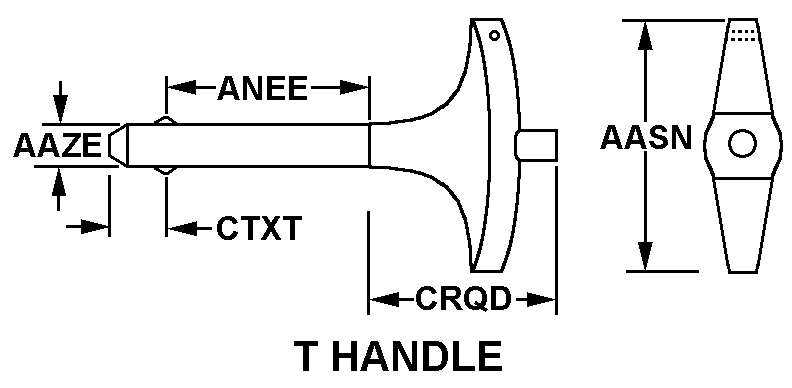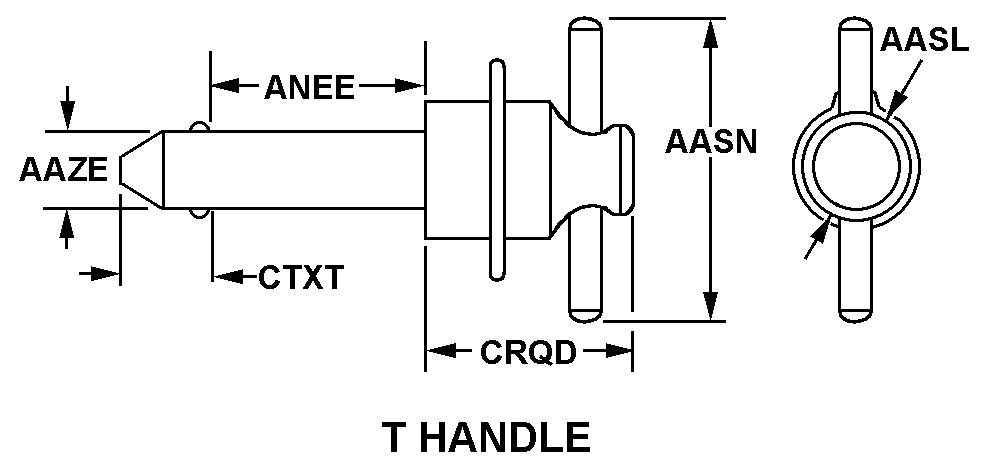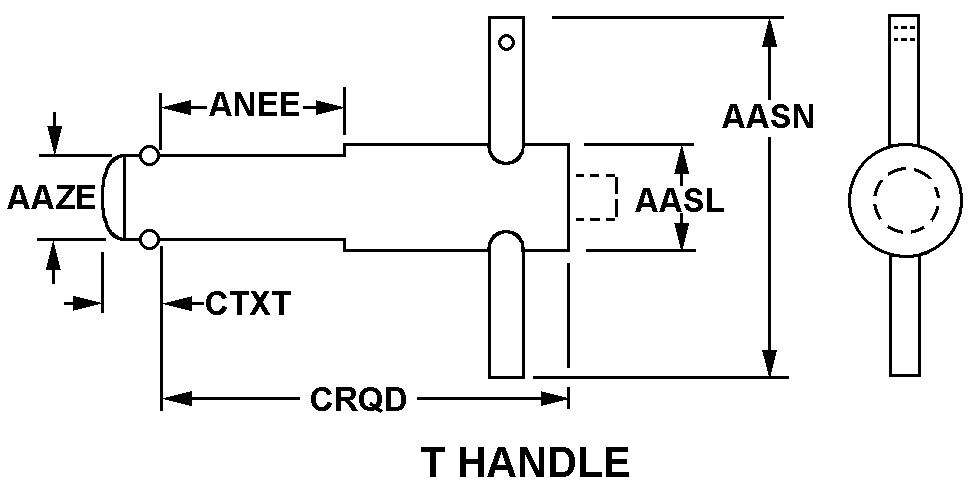5315013402907
Price Quote Get an up to date pricing and availability quote for this product. Order online or over the phone.
Quality Commitment
Serving our customers with quality and safety first.
- AS9120 Certified
- Audited supply chain
- ITAR Registered
- DDTC Registered
- HAZMAT Certified
- Customer service objectives
- Every product 100% inspected

5315-01-340-2907 Specification Set by the OEM (see RNCC code 3)
25.0 mm
2
push button
21.2 mm
push
aluminum alloy A380.0 handlesteel comp 4130 shanksteel comp 440c detentsteel comp 4130 spindlealuminum alloy 2017 buttonsteel comp B1113 ringsteel uns K08500 spring
QQ-A-591 fed spec single material response HANDLEMIL-S-6758 mil spec single material response shank or MIL-T-6736 mil spec single material response SHANKQQ-S-763 fed spec single material response DETENTMIL-S-6758 mil spec single material response SPINDLEQQ-A-351 fed spec single material response BUTTONQQ-S-633 fed spec single material response RINGQQ-W-470 fed spec single material response spring
anodize handlecadmium shankpassivate detentcadmium spindleanodize buttoncadmium ringcadmium spring
MIL-A-8625 black mil spec single treatment response HANDLEQQ-P-416, type 1, class 3 fed spec single treatment response SHANKMIL-S-5002 mil spec single treatment response DETENTQQ-P-416, type 1, class 3 fed spec single treatment response SPINDLEMIL-A-8625 gold mil spec single treatment response BUTTONQQ-P-416, type 1, class 3 fed spec single treatment response RINGQQ-P-416, type 1, class 3 fed spec single treatment response spring
t handle
Cross Reference Parts Part numbers that meet the specification outlined on this page and set by the OEM
Identification Item Identification Guide (IIG) and Item Name Code (INC)



Definition Definition of approved item name (AIN): "PIN,QUICK RELEASE"
A headed fastening device having a solid cylindrical or tubular body with retaining ball or pinlike detent(s). The detent(s) is/are positioned and actuated by means of a spring, elastomer or plunger. Plunger may be operated by thumb, cam or other means. May be furnished with a pull ring, pull and/or lock ring, attaching ring or hook.
5315-01-340-2907 Material Hazmat, Precious Metals, Criticality, Enviroment, and ESD
Indicates there is no data in the hmirs and the nsn is in a fsc not generally suspected of containing hazardous materials.
Precious metal content is unknown
The item does not have a nuclear hardened feature or any other critical feature such as tolerance, fit restriction or application.
Identification Codes
HMIC: Hazardous Material Indicator Code. A one position code that identifies a hazardous item.
PMIC: Precious Metal Indicator Code. A one position code which identifies items that have precious metals as part of their content. precious metals are those metals generally considered to be uncommon, highly valuable, and relatively superior in certain properties such as resistance to corrosion and electrical conductivity.
ESD: Electrostatic Discharge. Indicates if an item is susceptible to electrostatic discharge or electromagnetic interference damage. electrostatic discharge damage occurs when an accumulation of static electricity generated by the relative motion or separation of materials is released to another item by direct contact. electromagnetic interference damage occurs when an item comes into proximity with an electrostatic or magnetic field.
ENAC: Enviromental Attribute Code. Identifies items with environmentally preferred characteristics.
CRITL: Criticality Indicator Code. Indicates an item is technically critical by tolerance, fit, application, nuclear hardness properties, or other characteristics.






